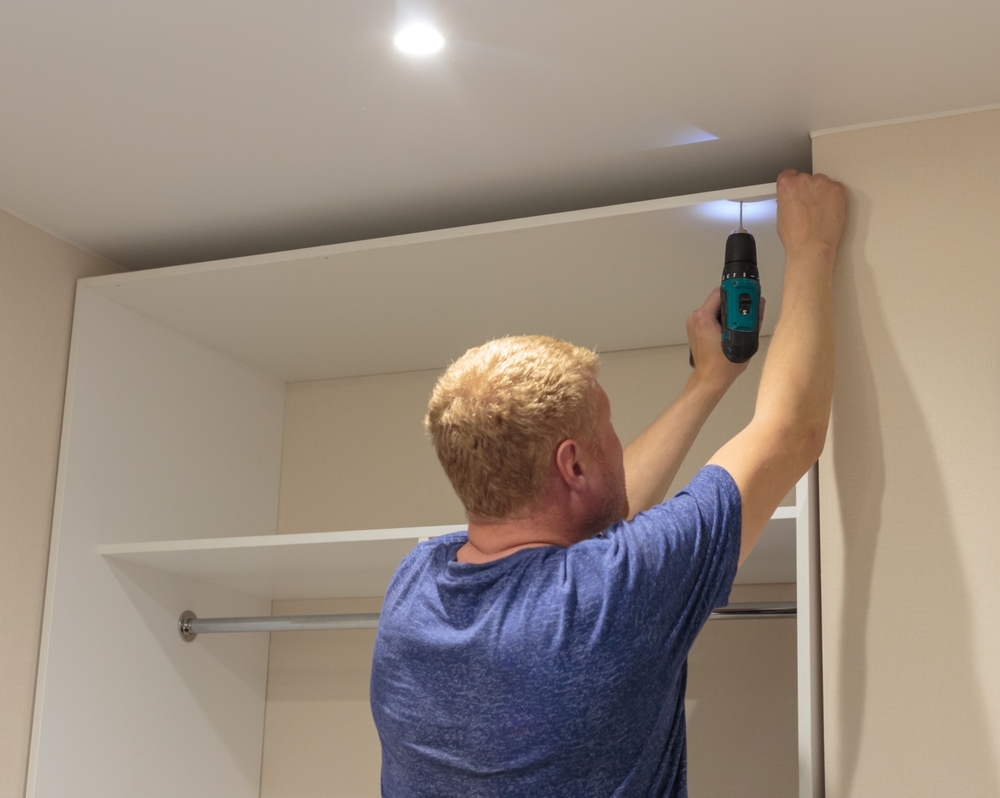When you embark on DIY home improvements, understanding the different types of fixings—nails, screws, and more—is crucial. These small components hold your project together, literally. Whether you’re fixing a shelf to a wall or assembling flat-pack furniture, choosing the right fixing can make all the difference to the durability and safety of your finished work.
Each type of fixing serves a specific purpose, and selecting the correct one depends on the materials you’re working with and the load they need to support. Nails are typically used for quick, rough constructions where appearance isn’t key, whereas screws provide a stronger hold and are better for projects requiring precision and strength.
Anchor Systems Explained
Anchor systems are indispensable when you need to secure items firmly to various surfaces. Whether it’s for mounting shelves on a solid brick wall or securing cabinets or wardrobes on plaster walls, the right anchor can prevent damage and ensure stability. Choosing the appropriate anchor depends on the wall material and the weight of the item you are mounting.

Common types include expansion anchors, which are perfect for concrete and masonry, and toggle bolts, ideal for hollow walls where standard screws won’t hold securely. Each type is designed to expand within the substrate, providing a secure hold that supports substantial weight without causing structural damage.
Innovative Fixing Solutions for the Home
The world of fixings extends far beyond standard screws and nails, offering innovative solutions that cater to specialised projects. For instance, adhesive fixings provide a non-intrusive option for attaching items to surfaces where drilling isn’t possible or desirable. These are particularly useful for temporary installations or surfaces that might be damaged by more invasive methods.
Another intriguing option includes magnetic fixings, which allow for easy and adjustable mounting of objects on metal surfaces. These solutions are perfect for environments where flexibility and non- permanent fixes are necessary, such as in rental properties or for seasonal decorations. Take a look here to explore the variety and versatility of these innovative nails, screws, and fixings for your next project.
Installing Fixings the Right Way
Safety is paramount when you are handling any DIY project, particularly when installing fixings. Ensuring that you use the correct tools and techniques can prevent accidents and increase the effectiveness of your installations. Start by reading through the installation instructions and always wear the necessary protective gear, such as gloves and safety glasses.

It’s also essential to use the right type of fixing for the material you are working with. Misusing fixings can lead to damage and potential failures. Always check the load-bearing capacity of the wall and fixing to make sure both match your project’s requirements and will be a safe and secure installation.
Understanding the correct use of fixings is key to ensuring your DIY projects are not only effective but also durable. Whether you are dealing with indoor installations or outdoor constructions, the choice of screws, nails, and anchors plays a pivotal role in the longevity and safety of your endeavours.
With the right knowledge and selection of fixings, your home improvement projects can achieve professional-quality results. Remember, taking the time to choose the appropriate fixing for each task will save you time and resources in the long run, while providing the satisfaction of a job well done.





